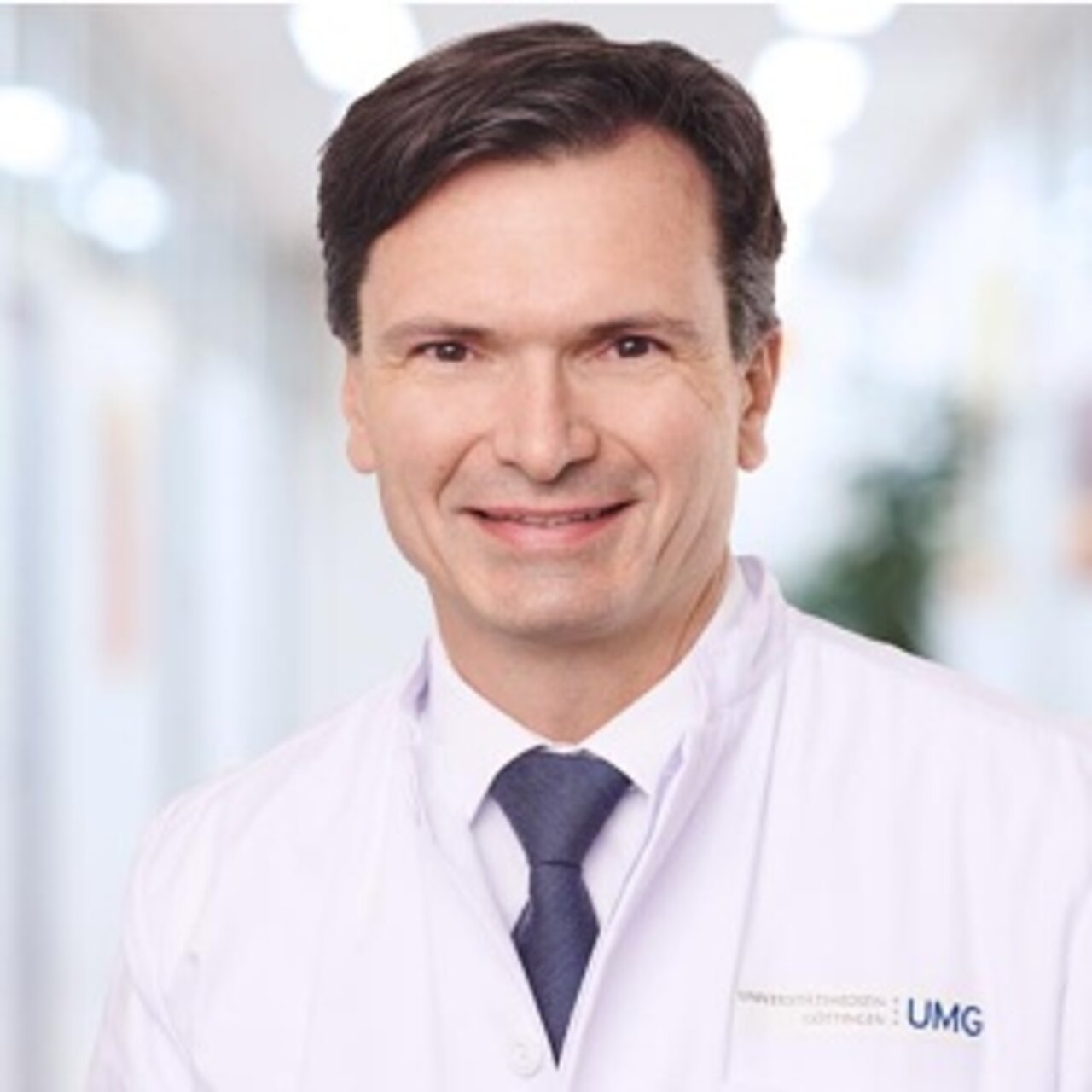Specialists in Atrioventricular Block
7 Specialists found
Information About the Field of Atrioventricular Block
Definition: What Is AV Block?
AV block refers to a disturbance or interruption in the conduction of excitation between the heart’s atria and the ventricles. Usually, the heartbeats between 60 and 80 times per minute at rest. This beat originates from the sinus node, which is located in the right atrium. If the transmission of this beat from the right atrium via the AV node to the ventricles is interrupted, ventricular contractions slow down.
What Are the Grades of AV Block?
AV block is classified according to the electrocardiographic findings (ECG findings) into the following grades:
- AV block grade I: only conduction delay without a block in the AV area.
- AV block grade II type I: (Wenckebach type): progressive prolongation of the conduction period up to excitation failure.
- AV block grade II type II: (Mobitz type): intermittent excitation failure.
- AV-block grade III: complete interruption of conduction and therefore replacement rhythm from the AV-node (approx. 40 beats per minute)
AV Block Causes
Grade I AV block is not uncommon and regular in athletes and young people. As soon as they exercise, the AV block resolves itself. In this case, AV block does not require therapy. However, in many other cases, AV block is caused by damage to the heart muscle. For example, coronary heart disease (CHD) with deteriorated blood supply to the heart can cause such cardiac arrhythmia. However, a congenital heart defect, myocarditis, or other heart muscle diseases (myocardial insufficiency) are also possible causes. In addition, certain medications can cause AV block.
AV Block Symptoms
Symptoms depend on the length of the interruption and the speed of the replacement rhythm. Dizziness, nausea, or a blackout may be experienced. In severe cases, fainting or cardiogenic shock is also possible as an expression of AV block.
Diagnosis: How Is AV block diagnosed?
The most important diagnostic tool for the physician is the ECG. In the ECG, the electrical excitations of the heart can be derived superficially. For example, an AV block has been established if a period longer than 200 milliseconds is measured between the atrial conduction and ridge conduction. To gain a more comprehensive insight into cardiac activity, a long-term ECG is often prescribed, which means the patient wears a device for 24 hours, allowing recording over this period.
AV Block Therapy
Normally, AV block grade I is asymptomatic and does not require treatment. However, if necessary, the underlying disease should be treated. Grade 2 Wenckebach type AV block also does not usually require treatment.
In contrast, in grade 2 type Mobitz, a pacemaker is implanted in the patient. If this form occurs acutely, atropine given intravenously as a bolus can help. Temporary external excitation stimulation should be carried out until surgery is performed. Resuscitation must be completed in the acute onset of type 3 AV block with cardiogenic shock. A temporary pacemaker then stabilizes the patient until a permanent device can be inserted.
Sources:
Herold et al.: Innere Medizin. Eigenverlag 2012, ISBN 978-3-981-46602-7.
Hahn: Checkliste Innere Medizin. 6. Auflage. Thieme 2010, ISBN 978-3-131-07246-7.
Fröhlig et al.: Herzschrittmacher- und Defibrillator-Therapie. Thieme 2013, ISBN 978-3-131-55912-8.






